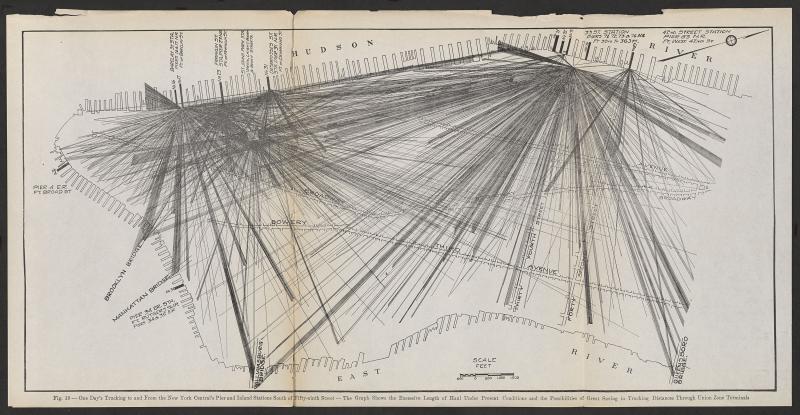
His dissertation, “Empire’s Stores: The Architecture of Conveyance and Corporate Imperialism in America, 1890–1930,” seeks to understand graphic methods, along with American businesses’ architecture and urbanism, as agents of the United States’ corporate-led, turn-of-the-century territorial and economic expansion. Working against accounts that privilege the nineteenth century’s technological annihilation of space and time, this dissertation foregrounds the media practices operationalized by the modern business enterprise to take advantage of their unevenness. The project focuses on the range of media that allowed disparate persons, elements, and property—labor, resources, architecture and machinery—to be combined visually on the page and assembled in the field. These include figurative lines of communication as well as literal modes of distribution employed between buildings or stores, from chutes to steamships and power lines to wire rope landings. As US commercial interests took on imperial dimensions, I argue these media practices played a crucial role in reconfiguring the “obstacles” imperial enterprise encountered, opening opportunities for some to profit from their transformation. Examining four firms that straddled US “borders,” I aim to show how “American” corporate architecture produced and profited from imperial formations and, in doing so, reshaped territorial, geographic, and economic barriers.
Diagram of congestion in Manhattan due to the accumulation of freight delivered along the Hudson River. One Day’s Trucking to and from the New York Central’s Pier and Inland Stations South of Fifty-ninth Street (Albany, NY: J.B. Lyon Co, 1920). Seymour B. Durst Old York Library Collection, Avery Architectural & Fine Arts Library, Columbia University.

